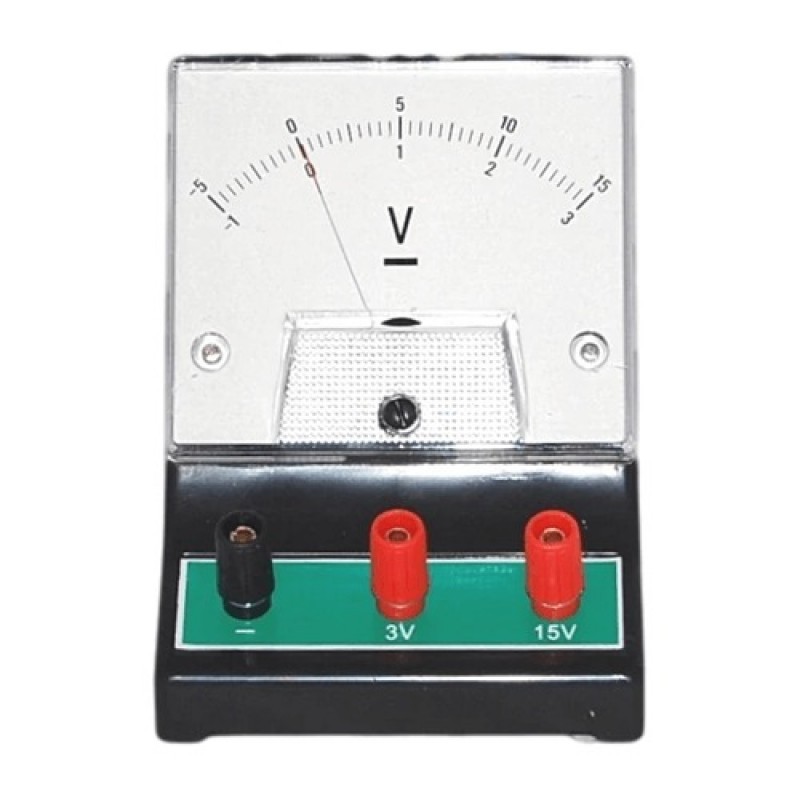
Price :
৳750
Estimated Shipping Time: 5 days
Product SKU: I521785252arW
Voltage Monitoring: Analog DC voltmeters are essential for monitoring voltage levels in various electronic equipment.
Battery Testing: They are commonly used in testing and monitoring battery voltage levels in devices such as vehicles, uninterruptible power supplies (UPS), and portable electronics.
Quality Control: Analog voltmeters play a crucial role in quality control processes during manufacturing, ensuring that electronic components and circuits meet voltage specifications.
Educational Purposes: They are often utilized in educational settings to teach students about electrical circuits and principles, providing a tangible way to understand voltage measurement.
No Review Found.
Login To Comment